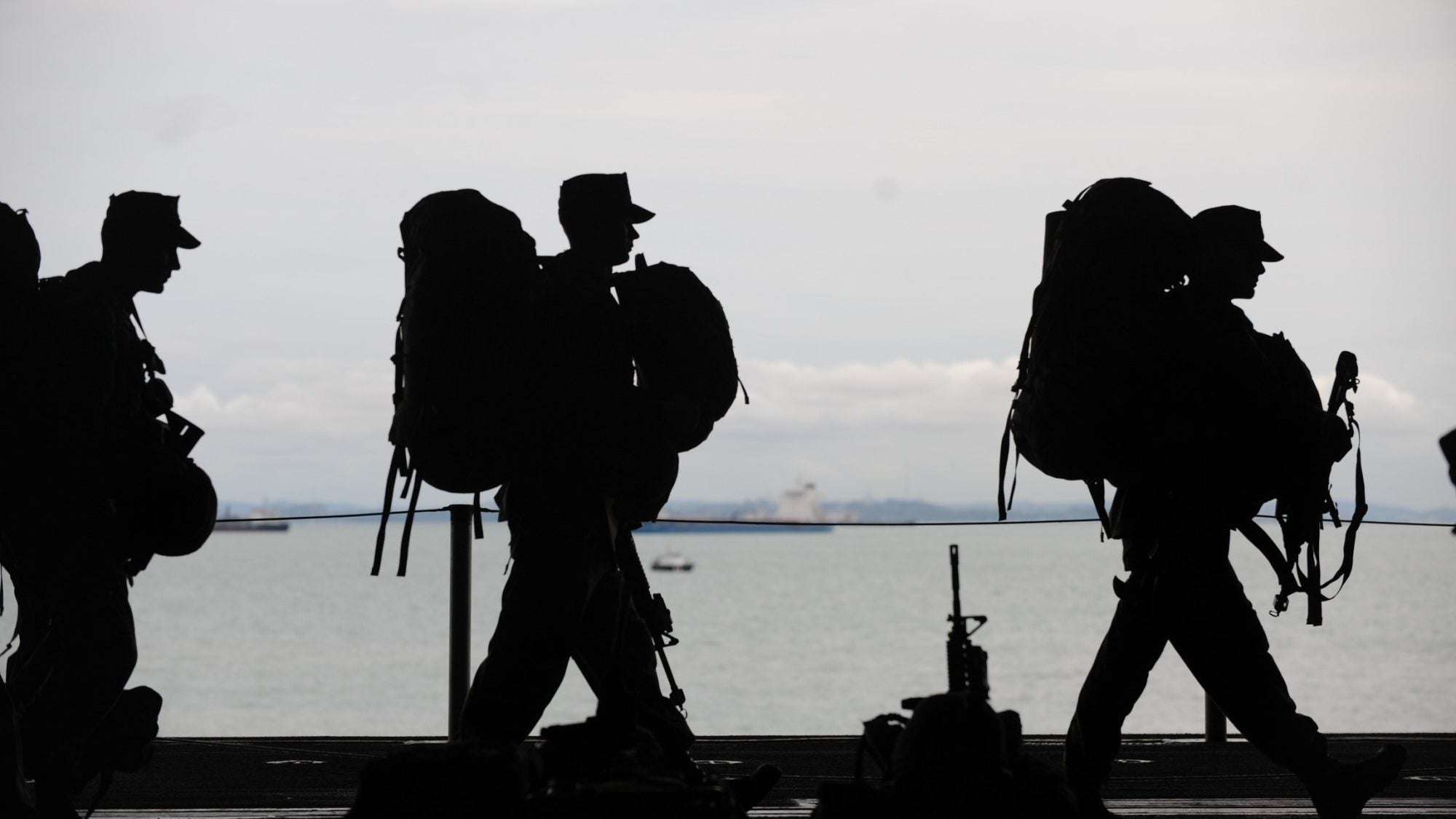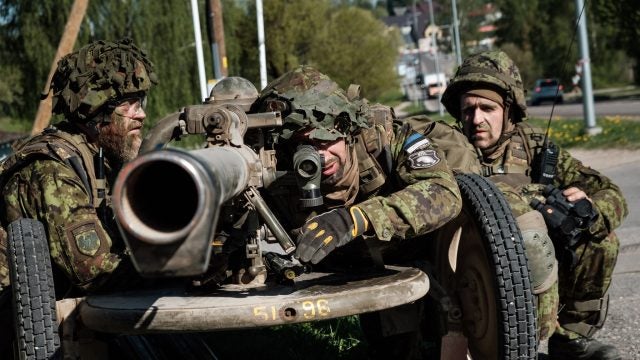
Title: Between Total Peace and Armed Peace
During his election campaign in 2022, the current president of Colombia, Gustavo Petro, proposed a project called “Total Peace,” to achieve the pacification of Colombian territories and to negotiate the demobilization of groups and structures that perpetrate violence in the country. However, its implementation presents methodological obstacles as well as design problems that could risk the safety of both the Colombian population and the country’s territorial security. While the time needed to fulfill the objectives of each party may be an advantageous factor for the armed structures, that is not the case for the government led by Petro.
What is it About?
Total Peace, proposed by Gustavo Petro’s government, aims to foster dialogue between the state and multiple groups of different natures, whether they are criminal actors or armed groups, by implementing the 2016 Peace Agreement with the Revolutionary Armed Forces of Colombia (FARC-EP) and dismantling oppressive structures. Following the signing of the Peace Agreement with FARC-EP, a transformation in the security and violence landscape was observed in Colombia. When Gustavo Petro was elected in August 2022, there were both new waves of violence and a rise in armed groups. An escalation of internal disputes among the armed groups for territorial control, drug trafficking routes, and criminal revenues gave birth to new forms of violence. And although, after the 2016 Peace Agreement, the FARC-EP was largely disarmed and abandoned violence as a means of interaction with the state, this process created a void that was filled by other armed groups and deserters from the peace process. Between 2017 and 2022, the number of armed individuals in Colombia rose from 9,000 to 15,000 respectively, with many shifting from political violence to criminal violence. These scenarios justified the need for an ambitious project such as Total Peace.
However, Total Peace’s success in ending violence depends on a short four-year timeframe. Various groups are exploiting time to their advantage by sabotaging disarmament processes and violating international humanitarian law. Despite 22 criminal organizations expressing interest, Total Peace faces critical gaps and structural issues that require immediate attention to fulfill Colombia’s pacification expectations. The understanding of territorial complexity is further undermined by the lack of knowledge of violence and crime in each region of the country, as well as institutional integrity in the monopoly of violence.
Lights and Shadows on Total Peace
While the armed conflict with the FARC-EP ended in 2016, the Ejército de Liberación Nacional (ELN) persisted as an active guerrilla group with a presence in both Colombia and Venezuela. Hence, one early achievement of the Total Peace project was the resumption of negotiations between the government and the ELN in Venezuela and Mexico. Guarantor countries like Venezuela, Cuba, and Norway, along with the UN Verification Mission, supported these talks. However, the negotiations took place amid armed clashes between the military and guerrillas, raising concerns about violations of international humanitarian law, ambushes on security forces, and other challenges.
On December 31, 2022, the Colombian government declared a ceasefire against the ELN and the Clan del Golfo, a criminal organization, through Decree 2657. The decree suggested that the ELN agreed to the ceasefire, and the Clan del Golfo had reached a truce with the government. However, guerrilla commanders denied this, leading the government to suspend the decree on January 4, 2023, and resume military operations against the ELN. These efforts resulted in a crisis of trust between the public and the Petro administration. The attempt to negotiate with all criminal structures at the same time and their subsequent fallout was heavily criticized. Criticisms were based on the argument that the State cannot suspend its constitutional duty to combat drug trafficking and criminal structures, nor undermine the rule of law in favor of justice.
In March 2023, the government of Gustavo Petro suspended the ceasefire with the Clan del Golfo and resumed military operations against them. This decision was prompted by the Clan del Golfo’s intimidation of the civilian population, including infiltrating a mining protest and attacking the mayor’s office in Caucasia, Antioquia. However, the Clan del Golfo denies violating the ceasefire and asserts that they have not recently engaged in violence. They claim that the ELN is responsible for these crimes.
Despite the blurred lines, it was significant to see that the Gulf Clan was demanding a negotiation with a political status similar to that of the ELN. This would allow the group greater room to maneuver, benefit from transitional justice, and enjoy concessions similar to those of former members of the FARC-EP. However, the proposal seems to have disappeared from the official government agenda, at least for now.
A Horizon of Armed Peace
The population has begun to feel anguish and uncertainty because no armed structure, despite publicly stating its intention to negotiate with the government, has stopped kidnapping or intimidating the population. For example, the bilateral ceasefire with the ELN has begun, but this guerrilla group continues its violence in territories despite not confronting the army. A constellation of armed groups has also turned territories into spaces where they exercise criminal governance, sharing control with the State. This entails mechanisms of geographical control as well as the construction of rules of the game, in which the civilian population becomes trapped between regular and irregular actors. Between January and March 2023, halfway through Petro’s government term, 27 massacres with 88 fatalities have been recorded in Colombia, a figure that remains consistent compared to the same period in 2022.
In this context, the worst thing that could happen to the Total Peace project is for it to fail. If this occurs, the nature of insecurity and violence in the country could lead Petro’s government to adopt “an armed peace.” This could mean the convergence of multiple armed groups operating in the country with a weakened and overwhelmed State such that the security agenda is dictated by illegal groups. In the event of project failure, armed peace could initially result in significant reductions in violence levels. However, in the long term, the fragmentation of territory controlled by criminals could escalate violence to unprecedented levels as the country’s institutions erode. Furthermore, the failure of the Total Peace project could lead to criminal recidivism and result in a high rate of killings targeting individuals who have demobilized. This happened previously with ex-combatants of the former FARC-EP guerrillas who were killed by “reincidente” actors.
Moving Forward
From a strategic point of view, a major issue with Total Peace lies in understanding how the government and illegal groups define and understand the concept of peace, as finding consensus may be more feasible within the government than among all criminal actors. Another concern is whether peace is solely a political issue or if criminal groups can also be involved in the pursuit of peace. It appears that the crisis of Total Peace in Colombia stems from the criminal actors themselves rather than the government’s willingness. However, territorial security in Colombia must be addressed from multiple perspectives, starting from the inherent distrust towards illegal groups.
The Colombian government has yet to define its security and defense policy, nor has it pushed for initiatives in Congress to create a security law, a pending task for several decades. It is urgent for the government to develop a clear definition of the concepts of security and peace in Colombia, as without a clear understanding of these terms its policy may lack direction and result in deep and dangerous erosion of state institutions. President Petro, at least at this moment, cannot insist that the Colombian army is an “army of peace.”
It is also crucial to maintain military initiatives in armed territories because it pushes armed groups to negotiate while building legitimacy among citizens. This was demonstrated, for example, in the mechanisms that led the former FARC-EP to negotiate; it has been proven that the military offensive drove the strategic will of the guerrillas to negotiate with the State. The government can create subregional security strategies that enable the recovery of geography and citizen legitimacy by the State while allowing for dialogue. The State can combine the idea of providing incentives for dialogue with military and intelligence offensives. These incentives must be based on legal benefits like reduced sentences. Overall, these measures would mean pushing criminal organizations towards demobilization, or else the State would take care of their neutralization.
Despite the difficulties in building an agenda with irregular armed groups, opportunities for negotiations with some of them persist. For instance, there is ongoing dialogue with the ELN in Mexico and there is also a willingness to engage the Segunda Marquetalia and the Estado mayor (FARC dissidents). With the ELN negotiations, the government of Gustavo Petro should work to develop a roadmap to disarm the group by defining incentives for them to lay down their weapons and abandon illegal markets. Failure to do so would result in the ELN engaging in dialogue, but not negotiating their ultimate end. For FARC-EP dissidents, however, past failures present an additional hurdle.
To address this, Petro could design mechanisms to eliminate criminal governance in the territories, as well as formulate territorial peace projects based on the specificities of each region. These mechanisms should take into account the basic needs of the population such as security, justice, and public services. The government of Gustavo Petro must rigorously work on defining effective strategies and policies to achieve peace and security in Colombia.
. . .
César Niño is an associate professor and researcher in international relations at the Universidad de la Salle (Colombia). His research areas include international security, conflict, terrorism, violence, peace, and organized crime. He has a PhD in International Law from the Universidad Alfonso X el Sabio (Spain), and is currently a PhD student in International Peace, Conflict and Development Studies at the Universitat Jaume I (Spain).
Image Credit: Pixabay
Recommended Articles

As the Trump administration proposes a sweeping overhaul of the US foreign assistance architecture by dismantling USAID, the Millennium Challenge Corporation (MCC), and restructuring the State Department, there is an…

The Trump administration’s abandonment of allies and embrace of Putin’s Russia has raised pressing questions about whether Estonia, Latvia, and Lithuania can continue to rely on NATO for…

Amid ongoing internal conflicts in Sudan, Ethiopia, Somalia, and South Sudan, unconventional transactions involving statehood, dams, ports, and security alliances seem to be reshaping the fragile region. This article analyzes…